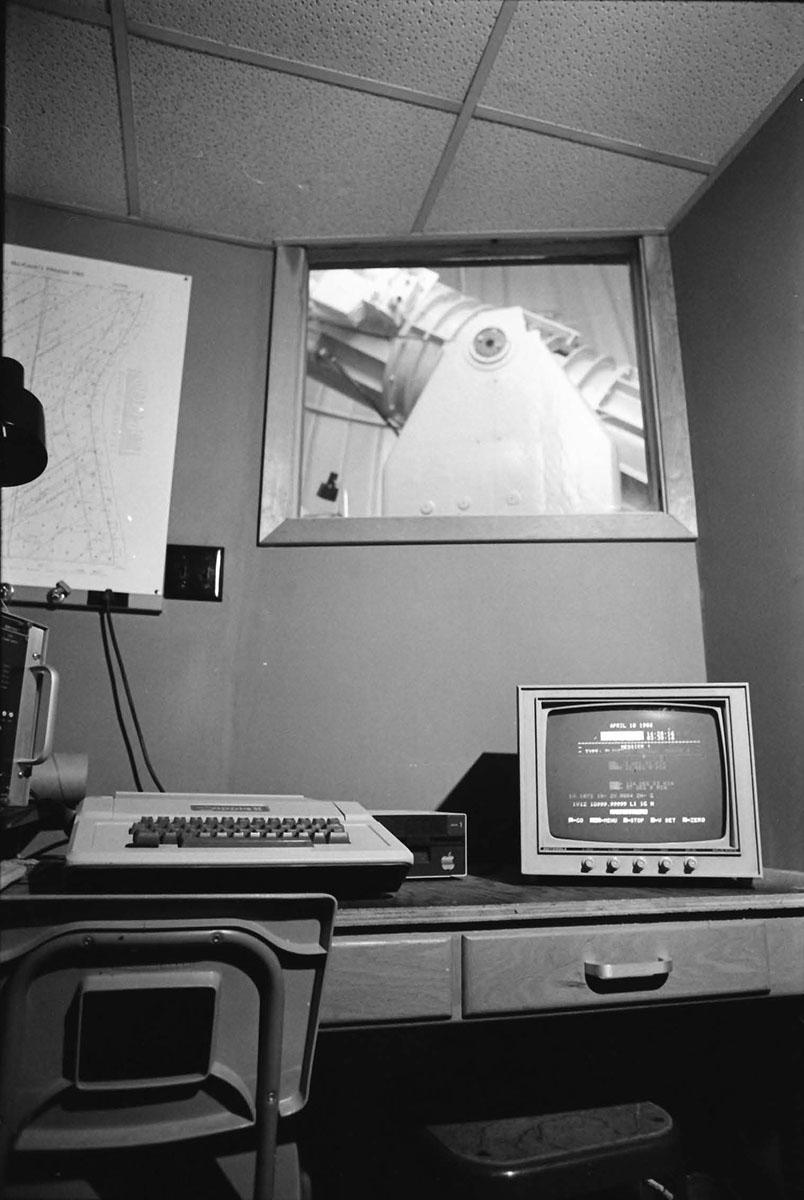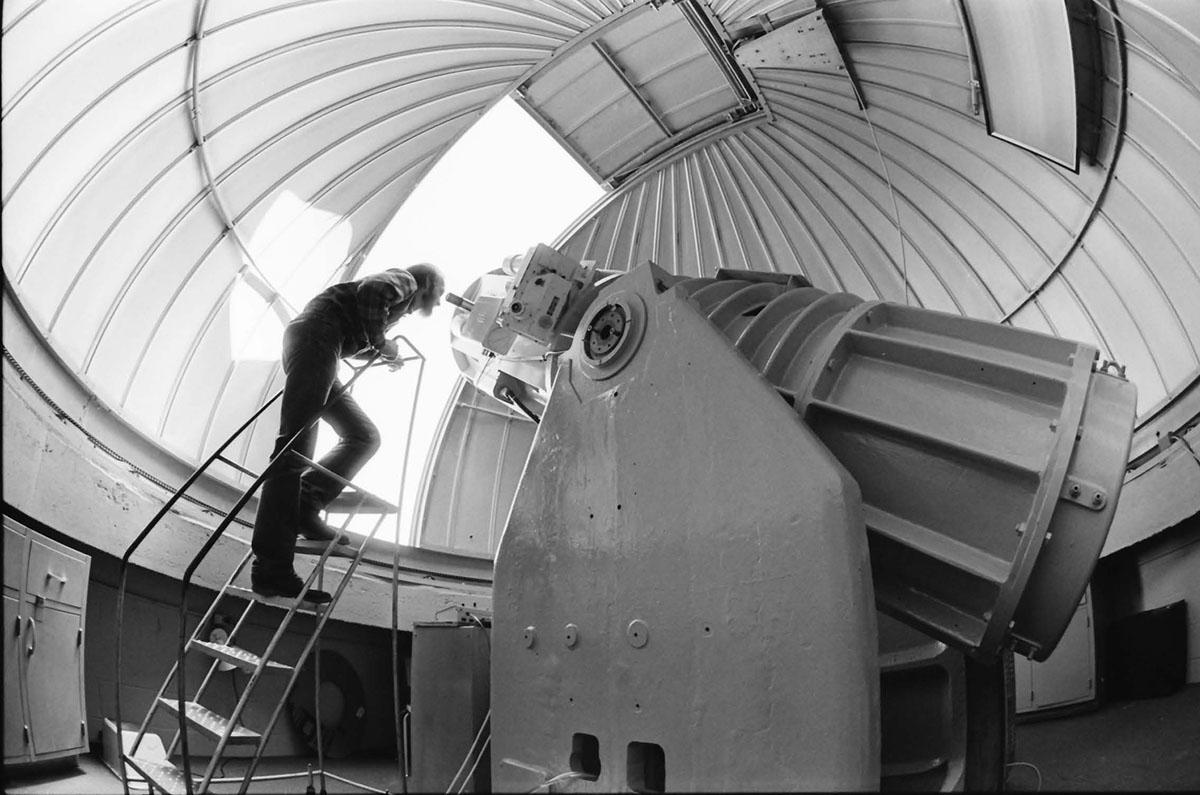One hundred reasons to celebrate: week 20
March 13, 2017
Each week The Spectator will showcase organizations, departments, majors or other aspects of UW-Eau Claire as a part of the centennial celebrations event known as “100 Reasons to Celebrate.”
All photos courtesy of Special Collections and Archives, W.D. McIntyre Library, UW-Eau Claire.
#67 – Biology
UW-Eau Claire students who are interested in biology can choose from a variety of different majors and minors. These include biochemistry and molecular biology; biology liberal arts; biology teaching; ecology and environmental biology; microbiology; environmental science and marine science.
The biology department also offers pre-professional programs for chiropractic, dentistry, medicine, occupational therapy, optometry, pharmacy, physical therapy, physician’s assistant and veterinary medicine.
Studying these majors and programs often allows students to get out of the classroom. Located right on campus, students have access to Putnam Park, a 230-acre natural area with diverse plant and animal habitats.
Eau Claire is also home of the James Newman Clark Bird Museum with over 500 species of local and non-local birds. The on-campus greenhouse consists of two parts — the tropical and succulent house.
Opportunities for internships and research are available for all biology students. One of these internship possibilities is the Eau Claire reef team, which is a group of students who maintain two 125-gallon tropical saltwater tanks. The reef team is a year-long club and internship. Past research projects have also included studies on deer ticks and Utah’s Escalante River.
Career choices are diverse for biology students. Job possibilities include lab technicians, health careers and field work positions, such as park rangers or zoologists. Any students interested in a biology major can email [email protected] for additional information.
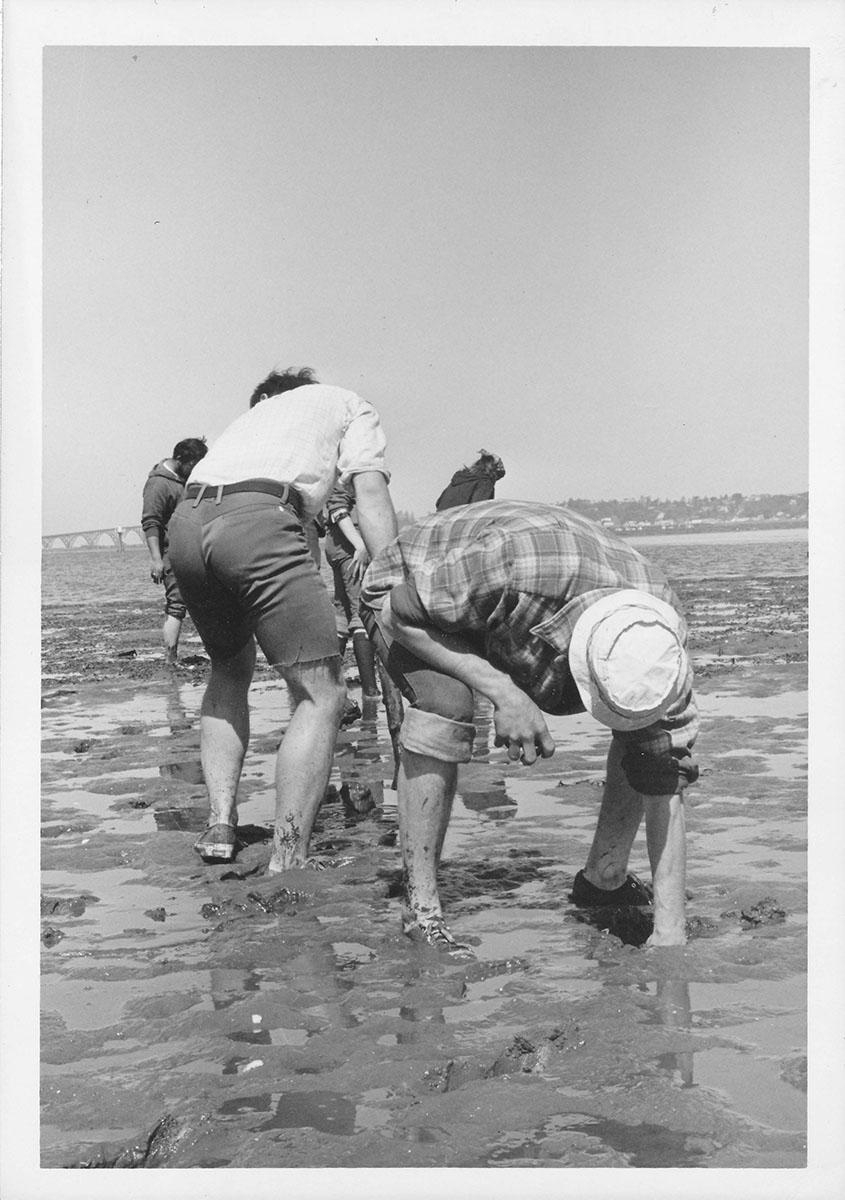
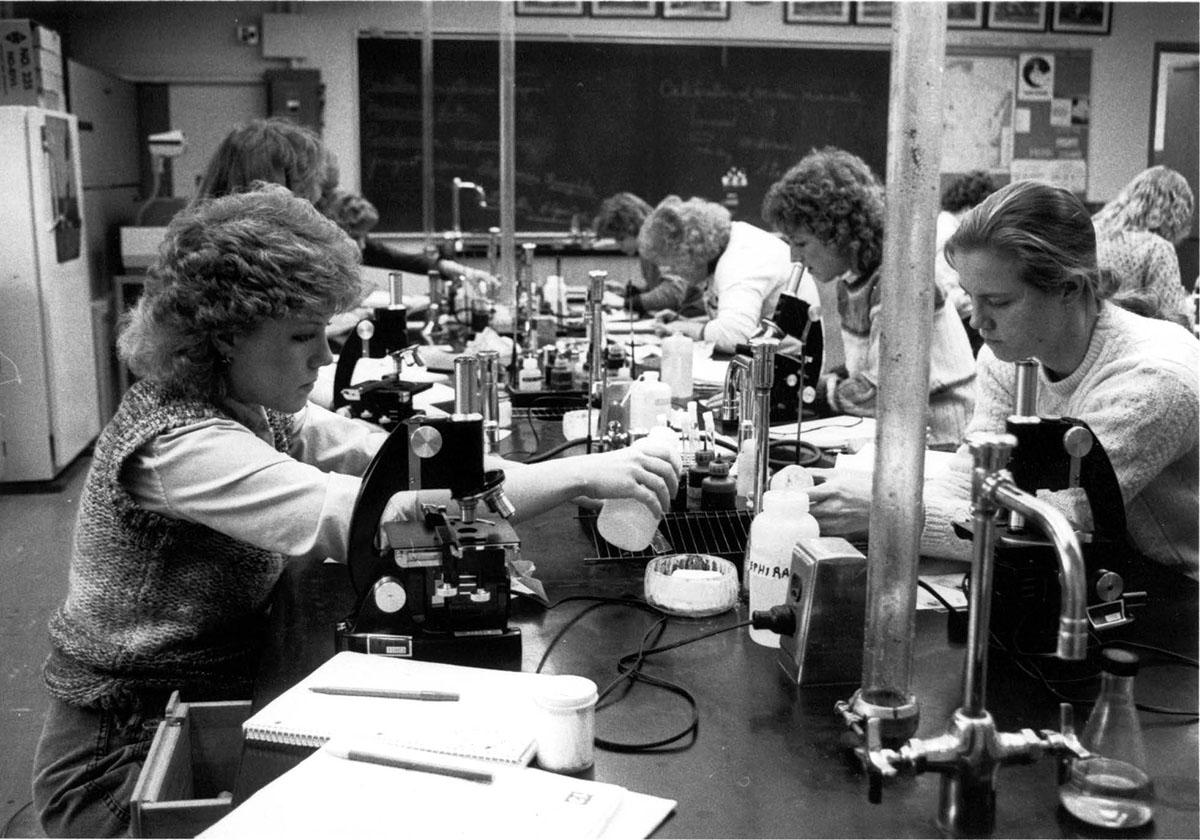
#68 – Chemistry
According to the campus webpage, 186 students have graduated from Eau Claire with a chemistry major in the last 5 years. Out of these students, at least 37 of them have enrolled in PhD programs. At least 15 students are in M.D., law, or another professional program and 86 have found chemistry-related jobs.
Students looking to major in Chemistry have a few different options. Majors include comprehensive chemistry majors, chemistry liberal arts, chemistry teaching and biochemistry. Minoring in chemistry liberal arts and chemistry teaching are also options for Eau Claire students.
There are many different opportunities to participate in research through the chemistry department. According to the department’s webpage, there are currently 15 different research studies taking place at Eau Claire. Any student interested in getting involved with these studies can visit the chemistry webpage or stop in the UW-Eau Claire Office of Research and Sponsored Programs (ORSP) located Schofield Hall, Room 17.
To further enhance chemistry student’s education, the university offers two different clubs: American Chemical Society and Materials Research Society. These clubs aim to build relationships between students and keep them informed about learning opportunities and potential careers.
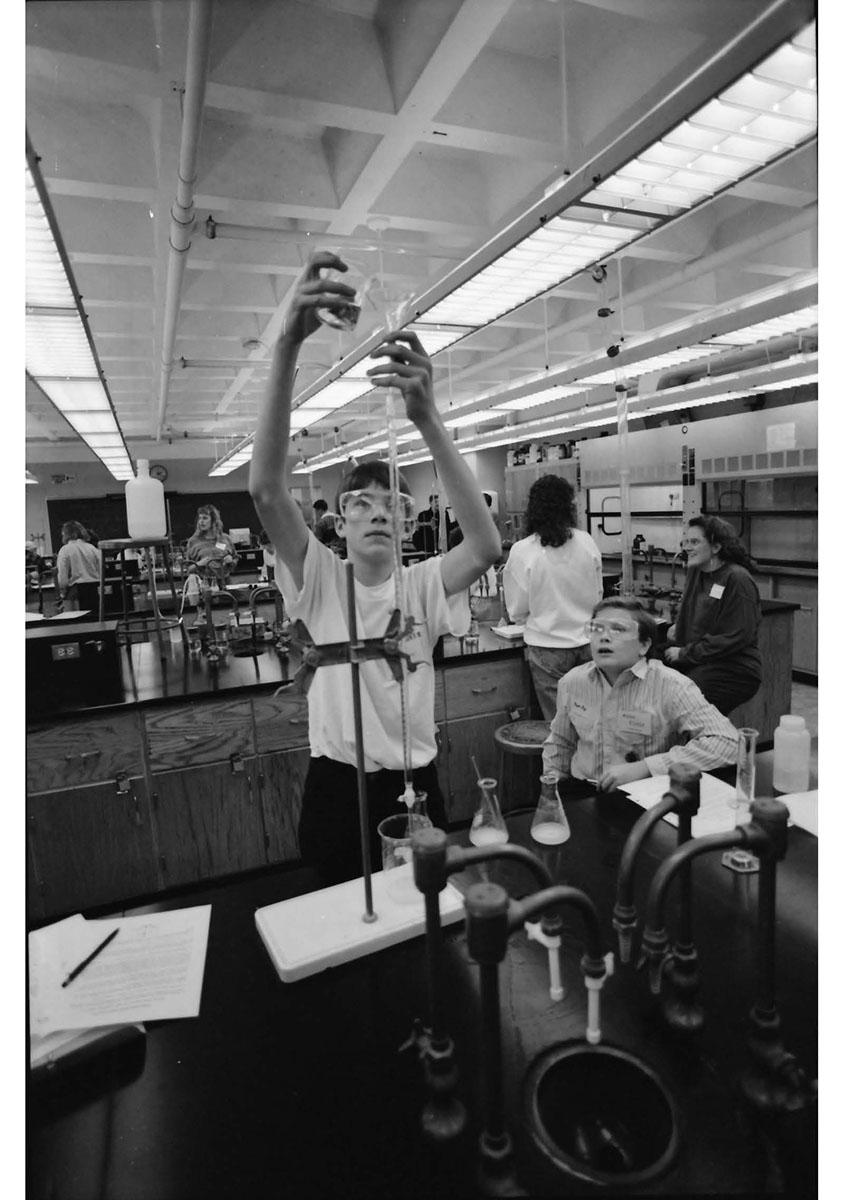
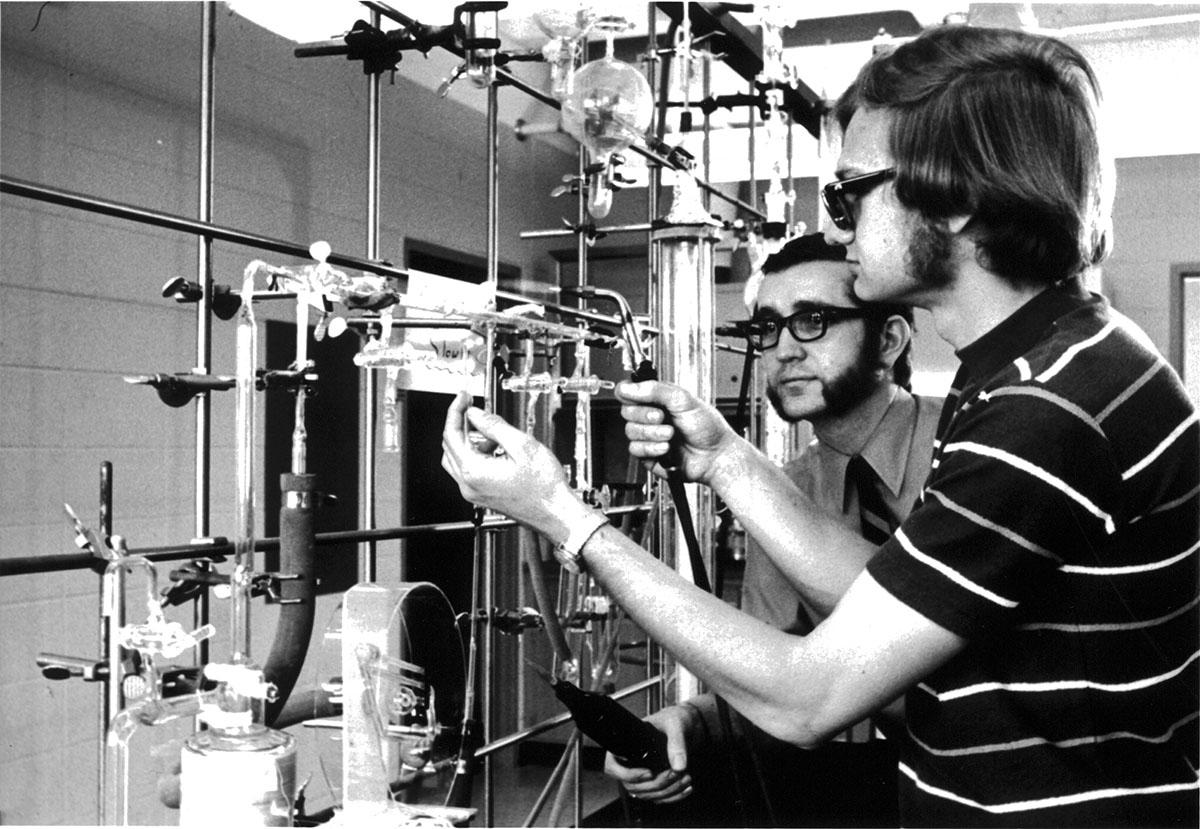
#69 – Physics and Astronomy
Eau Claire’s Physics and Astronomy department is ranked number 10 nationwide in number of degrees, according to its website. The 2012 American Institute of Physics Career Pathways Project also had great things to say about the department.
“The Eau Claire physics department faculty and staff are clearly committed to helping students succeed in physics regardless of career or graduate school ambition and academic potential,” the organization’s review stated. “The department has created a supportive and inclusive culture that attracts students with varied interests and addresses career preparation for these students in a way that is both intentional and thoughtful.”
Students interested in the physics or astronomy route can major in: Physics-liberal arts emphasis, applied physics emphasis, dual degree engineering or teaching. The university also offers a liberal arts minor and a physics teaching minor.
Majoring in physics can open doors to careers in engineering, astronomy, aviation, research, astrophysics, robotics and much more. Students interested in pursuing any of these career paths can stop by Phillips Science Hall, room 230 or email [email protected].
